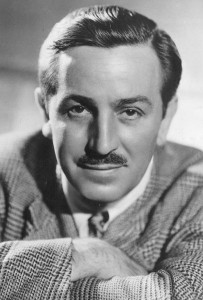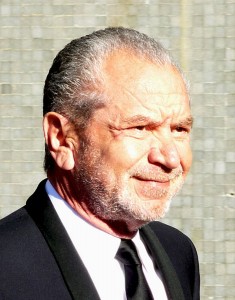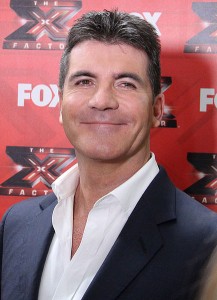William Samuel Paley was born on 28th September 1901 and became a billionaire through his leadership as the chief executive for Columbia Broadcasting System (CBS). He helped what originally started off as a small radio network turn into the one of the leading radio and television network operations in America.
Paley moved to Philadelphia in the early 1920s due to his father’s success at managing a cigar company which led to him becoming a millionaire. He went to the University of Pennsylvania and achieved a degree afterwards expecting to go into his father’s cigar business. However in 1927 his father along with some business partners bought a Philadelphia radio network that was struggling called the Columbia Phonographic Broadcasting System. This network had 16 stations and it was the intention of Paley’s father to use the network for advertising. The network helped to double the sale of cigars made by his company and by 1928 the family had majority ownership of the network. Over the next ten years the network grew to have 114 affiliate stations.
During the Second World War Paley became friends with Edward R. Murrow who was the head of CBS’s European News. This led to him realising the potential amount of money that could be made through radio. He realised good programming was essential to selling advertising time and therefore create profit for the network. He therefore changed broadcasting business model through successful programming and by realising that advertisers were the most important factor in broadcasting. He gave network programming to affiliate stations at the best prices which allowed for the widest available distribution for programming and advertising. This consequently allowed him to charge more for the advertising time. His ability to use broadcasting to its best ability led to CBS growing into a leading world communication empire.
In 1946 CBS expanded into television and was highly successful. They also owned the Columbia Record Company and CBS Laboratories who invented vinyl discs and colour television. Over the years Paley sold off some of his stock in CBS to help expand his other interests so that when he died on 26th October 1990 he only owned nine percent of the outstanding stock. Five years later the company was bought by Westinghouse Electric Corporation and in 1999 by Viacom. Presently CBS is owned by the CBS Corporation and National Amusements is the majority owner of the company.


